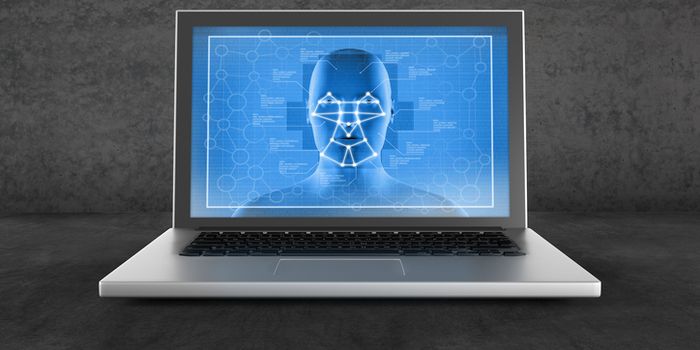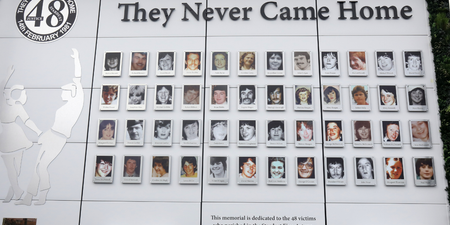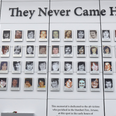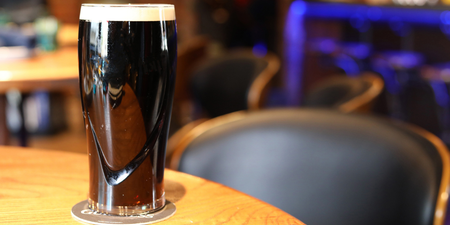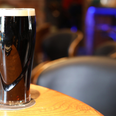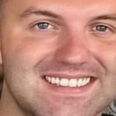There are going to be all sorts of problems with this.
A Stanford University study using facial recognition software has claimed to correctly identify whether a person is straight or gay.
The suggestion that computers have a better ‘gaydar’ than humans brings up all sorts of questions about the morality of such technology and the potential consequences of it falling into the wrong hands.
An algorithm associated with the software correctly identified gay men 81% of the time, while it was accurate for 74% of the women it tested.
Research of more than 35,000 faces – taken from a dating website – was published in the Journal of Personality and Social Psychology and first reported in the Economist, and claimed that gay men and women had ‘gender-atypical’ features, expressions and grooming styles.
Data also claimed to show that gay men had narrower jaws, longer noses and larger foreheads than straight men.
Critics of the study will point out that there was no consideration of bisexual, asexual or transgender people, while people of certain ethnic backgrounds were also excluded.
The paper claims to show for once and for all that exposure to certain hormones before birth determines sexual orientation; that being gay is not a choice, in other words.
However, those critical of the research claim that the technology could easily fall into the wrong hands.
The fear is that spouses could use it to identify a ‘closeted’ husband or wife, or that teenagers could deploy it as a means of outing their peers. Worse again, that anti-gay governments – such as Russia – could use it to target members of a country’s population.
Speaking to The Guardian, Nick Rule – an associate professor of psychology at the University of Toronto, who has published research on the science of gaydar in the New York Times – warned about the dangers of a technology that had a 91% success rate with men and 83% with women when analysing as many as five images.
“It’s certainly unsettling. Like any new tool, if it gets into the wrong hands, it can be used for ill purposes,” he said.
“If you can start profiling people based on their appearance, then identifying them and doing horrible things to them, that’s really bad.”
LISTEN: You Must Be Jokin’ with Aideen McQueen – Faith healers, Coolock craic and Gigging as Gaeilge
